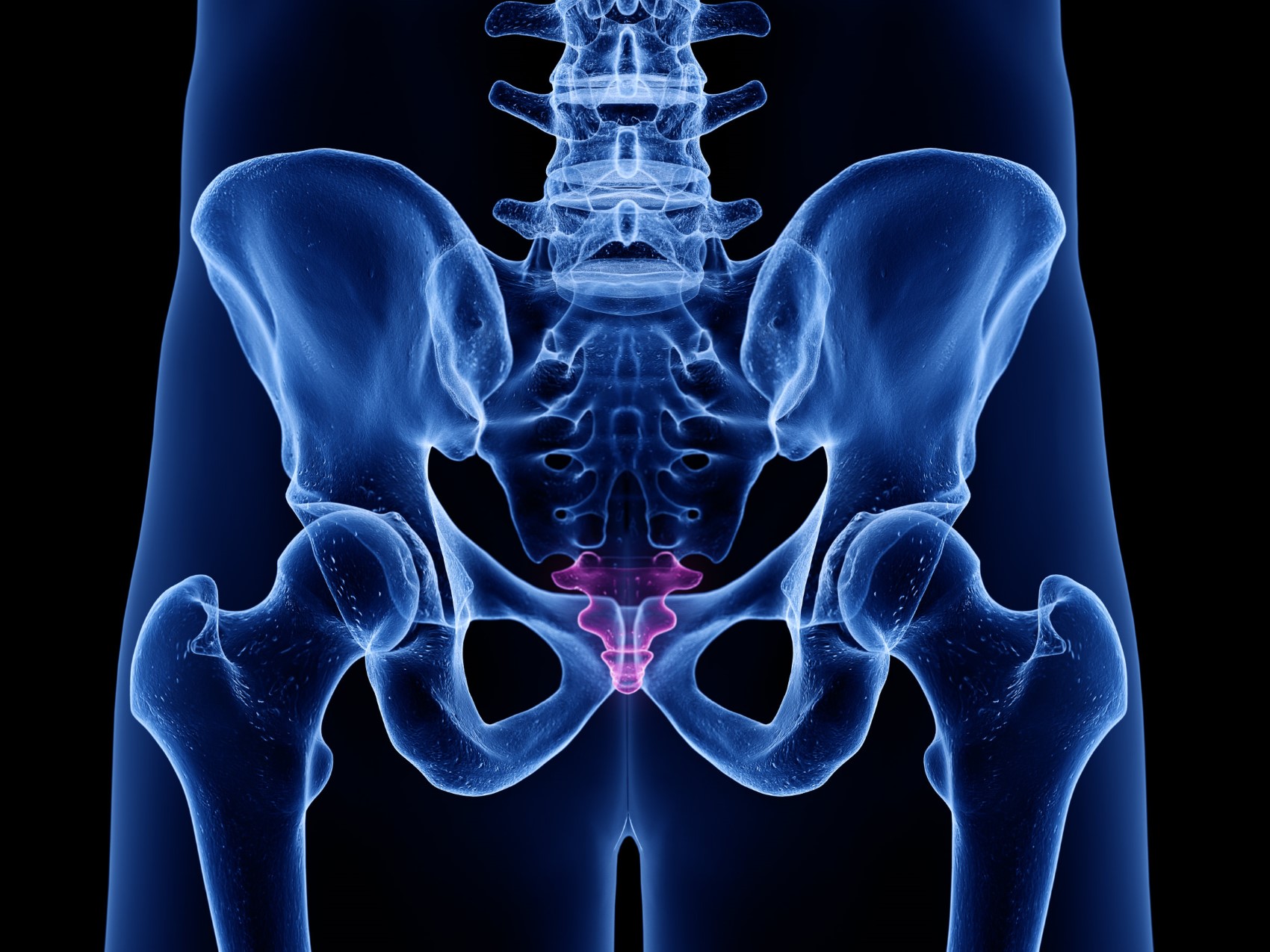- Questions? (310) 919-4179
- Make Appointment

While treatment of pilonidal disease often focuses on managing acute episodes, preventing recurrence is equally important. In this blog, Dr. Som shares practical advice on preventing the recurrence of pilonidal disease, focusing on lifestyle changes, hygiene practices, and long-term management strategies.
Pilonidal disease typically involves the formation of a pilonidal cyst, sinus, or dimple near the tailbone. It’s often associated with ingrown hairs, pressure, and irritation in the area. Understanding what causes pilonidal cysts is crucial in preventing their recurrence.
Implementing specific strategies can significantly reduce the likelihood of pilonidal disease recurrence:
Keeping the tailbone area clean and dry is essential. Regular washing with a gentle, antibacterial soap can help prevent infection and reduce irritation.
Since ingrown hairs are a common cause of pilonidal cysts, keeping the area hair-free is advisable. Shaving or using hair removal creams can be effective, but it’s essential to be gentle to avoid skin irritation.
Long periods of sitting, especially on hard surfaces, can exacerbate pilonidal disease. Taking regular breaks to stand or walk can relieve pressure on the tailbone area.
Excess weight can increase the risk of developing pilonidal cysts due to added pressure and friction in the tailbone area. A healthy diet and regular exercise can help manage weight and reduce this risk.
Tight clothing can irritate the skin and exacerbate pilonidal disease. Opt for loose, breathable fabrics to reduce friction and moisture build-up.
Be vigilant for signs of recurrence, such as pain, swelling, or discharge in the tailbone area, and consult a doctor if symptoms reappear.
Despite best efforts, some individuals may experience recurrent pilonidal disease. In these cases, more advanced treatments may be necessary:
Surgical Intervention: For chronic or recurrent cases, surgery to remove the pilonidal sinus may be recommended.
Laser Treatment: Laser therapy can be used to remove hair and reduce the risk of recurrence.
Lifestyle Counseling: Professional guidance on lifestyle changes can be beneficial, especially for those struggling with weight management or posture-related issues.
Preventing the recurrence of pilonidal disease requires a combination of good hygiene practices, lifestyle adjustments, and regular monitoring. Dr. Som understands the challenges of living with pilonidal disease and is dedicated to helping patients not only treat but also prevent its recurrence. By adopting these strategies, patients can significantly reduce their risk of recurrent pilonidal disease and improve their overall quality of life. If you’re struggling with pilonidal disease or concerned about recurrence, schedule a consultation with Dr. Som for personalized advice and effective long-term management strategies.